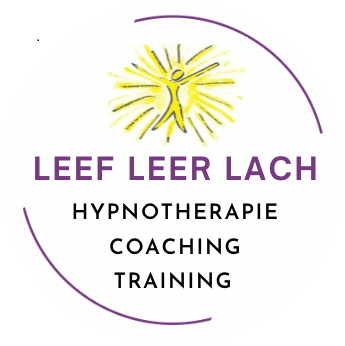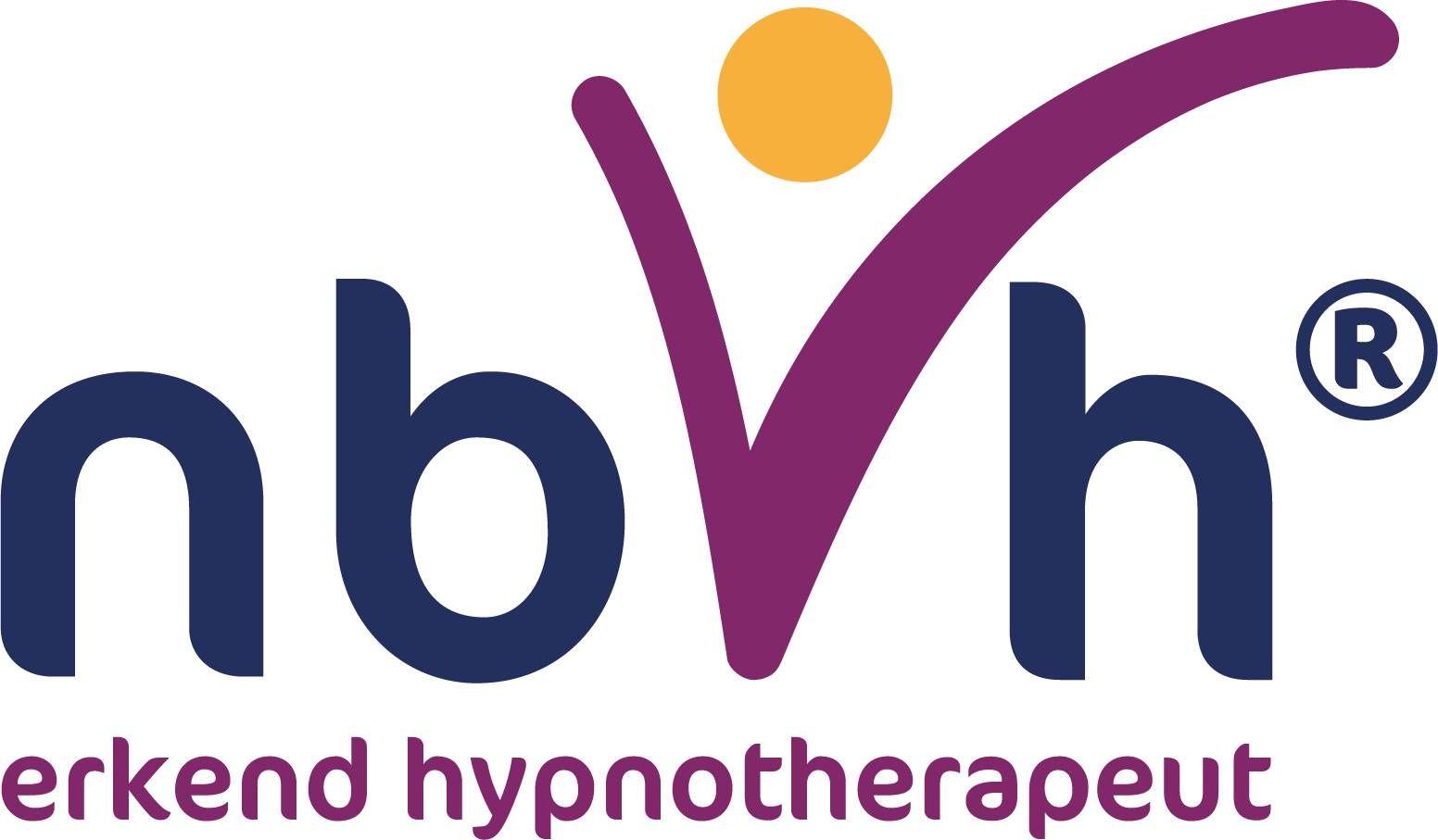The road to selfexploration and happiness

Inner child work is a term increasingly found in the realms of personal development and therapy. It refers to the process of exploring and healing the parts of yourself that were wounded during your childhood and continue to affect your adult life.
As a child, you were highly vulnerable and dependent on your parents or caregivers. When you didn't receive the love, care, and support you needed, you might have begun to protect yourself by adapting, dissociating, or avoiding. These patterns can carry over into your adult life, leading to issues in relationships, work, and self-esteem.
What is Inner Child Work?
Inner child work involves healing these wounds by providing the love, care, and support that you lacked and still need. This can be achieved through various techniques such as visualization, meditation, voice dialogue, and hypnotherapy.
Imagine closing your eyes and visualizing yourself as a five-year-old child. See this child before you, feel the emotions you had as a child. Talk to this inner child, offering the reassurance and love it needs. This visualization can help you connect with the feelings and needs of your inner child.
The Essence of Inner Child Work
A key aspect of inner child work is acknowledging and accepting your inner children. This means taking your feelings, needs, and desires seriously, rather than ignoring or suppressing them. By doing this, you can help your inner children feel safe and loved, which is essential for your well-being and happiness. Another crucial element is letting go of old beliefs and patterns that no longer serve you. This may involve becoming aware of your negative thoughts and replacing them with positive affirmations. It can also mean healing old emotional wounds through forgiveness and compassion.
For example, if you were often told as a child that you weren't good enough, this could leave a deep scar. By now affirming to yourself that you are indeed good enough, and repeating this daily, you can begin to let go of these old beliefs and improve your self-image.
Embracing the Shadow Side
Everyone has shadow sides that they would rather not acknowledge, often burying them deep inside. In Jungian depth psychology, one aspect of the work involves accepting your shadow. Debbie Ford uses a metaphor in her book The Dark Side of the Light Chasers, likening the process to exploring a castle. She writes (loosely translated): "Only in the presence of your full self can you appreciate your greatness and enjoy the wholeness and uniqueness of your life." Self-acceptance is the foundation of a happy life. I will share more about this story in a next newsletter.
The Benefits and Challenges
Although inner child work can sometimes be challenging, it helps you to connect more deeply with your true self and free yourself from limiting patterns and beliefs. By giving yourself the love, care, and support you need, you can feel more complete and happier, finding greater fulfillment in your life.
Conclusion
Inner child work is a powerful process of self-discovery and healing. It involves acknowledging and accepting your inner children and providing the love, care, and support you need. By becoming aware of old patterns and beliefs and letting them go, you can free yourself from limitations and find more satisfaction and joy in your life.
What would you do if you could be a child for half a day again? What does your inner child need?








